The Korea-U.S. free trade agreement went into effect today, nearly five years after the two countries concluded their negotiations in April 2007. It is an essential component of the FTA web that Korea has been weaving to become a hub of trade and investment.
The trade pact will undoubtedly benefit Korea by enabling it to access the world’s largest economy more freely. Research institutes forecast that the free trade deal would boost Korea’s gross domestic product by 5.7 percent and create 350,000 jobs during the next 10 years. It is also expected to jack up bilateral trade, which topped $100 billion last year.
In the domestic market, the trade arrangement will step up competition. To overcome challenges from U.S. companies, local players will have to ramp up innovation efforts. Those who survive in this tougher market environment will get stronger, while those who don’t will shut down.
The real winners of the heightened competition will be Korean consumers, who will be able to purchase higher-quality goods, be they Korean or American, at more competitive prices.
The Korea-U.S. FTA will help make Korean companies more competitive and increase Korean consumers’ welfare. More importantly, it will provide significant momentum for Korea to upgrade its overall economic system.
For instance, Korea faces an urgent need to foster its service sector. The entrance of top-notch U.S. companies is expected to catalyze the development of key service industries, thus speeding up Korea’s transition to a more service-based economy.
With the Korea-U.S. FTA, Korea has moved a step closer to becoming an FTA hub. The trade pact has made Korea the only country in the world to have concluded an FTA with each of the world’s top three economic blocs ― the European Union, the U.S. and the Association of Southeast Asian Nations. This year, substantial progress is expected in FTA talks with China and Japan.
As Korea’s image as an FTA hub shapes up, foreign direct investment in Korea is on the rise. According to the government, FDI flows to Korea increased sharply last year. Direct investment from the EU topped $5 billion, up 57 percent from 2010. Investment from China also surged 57 percent to total $651 million, while that from Japan rose 10 percent to reach $2.29 billion.
For Korea, the benefits of the trade arrangement are not limited to the economy. Seoul will see its security alliance with Washington strengthen as the economic partnership and integration between the two countries deepens as a result of the trade deal. The FTA will constitute a new pillar in the Korea-U.S. alliance.
But the trade pact is not without its negatives. Korea’s wider market opening to the world’s most competitive economy could devastate some of its least competitive industrial sectors.
One vulnerable sector is agriculture and fisheries. According to government estimates, agricultural and fisheries output is expected to dwindle by some 850 billion won per year during the next 15 years. The pharmaceutical industry is also expected to see output losses of 120 billion won a year over the next 10 years.
The government plans to spend as much as 54 trillion won to support vulnerable sectors. Yet what matters is not the amount of subsidy but how the money is spent. The government’s support program should focus on enhancing the competitiveness of vulnerable sectors rather than merely giving subsidies.
In agro-food and pharmaceutical sectors, U.S. companies are dominant. But this does not mean that Korean companies cannot find niche segments in the U.S. market. The government needs to concentrate its support on cultivating niche exporters.
As the trade pact has gone into effect, the government needs to step up efforts to help Korean exporters take full advantage of it. According to reports, a large portion of the nation’s 20,000 small and medium-sized exporters are still not educated on how to get country-of-origin certification.
The government also needs to accelerate reform of distribution channels for consumer products. An FTA is meant to induce price cuts through tariff elimination. But the effect of tariff elimination won’t be reflected on the prices of imported goods if distribution channels remain outdated.
An FTA, especially the one with the U.S., is a double-edged sword. Korea can benefit from it only when it is well prepared. We should focus on how to take best advantage of it without allowing ourselves to be distracted by opposition parties’ futile efforts to repeal it.
The trade pact will undoubtedly benefit Korea by enabling it to access the world’s largest economy more freely. Research institutes forecast that the free trade deal would boost Korea’s gross domestic product by 5.7 percent and create 350,000 jobs during the next 10 years. It is also expected to jack up bilateral trade, which topped $100 billion last year.
In the domestic market, the trade arrangement will step up competition. To overcome challenges from U.S. companies, local players will have to ramp up innovation efforts. Those who survive in this tougher market environment will get stronger, while those who don’t will shut down.
The real winners of the heightened competition will be Korean consumers, who will be able to purchase higher-quality goods, be they Korean or American, at more competitive prices.
The Korea-U.S. FTA will help make Korean companies more competitive and increase Korean consumers’ welfare. More importantly, it will provide significant momentum for Korea to upgrade its overall economic system.
For instance, Korea faces an urgent need to foster its service sector. The entrance of top-notch U.S. companies is expected to catalyze the development of key service industries, thus speeding up Korea’s transition to a more service-based economy.
With the Korea-U.S. FTA, Korea has moved a step closer to becoming an FTA hub. The trade pact has made Korea the only country in the world to have concluded an FTA with each of the world’s top three economic blocs ― the European Union, the U.S. and the Association of Southeast Asian Nations. This year, substantial progress is expected in FTA talks with China and Japan.
As Korea’s image as an FTA hub shapes up, foreign direct investment in Korea is on the rise. According to the government, FDI flows to Korea increased sharply last year. Direct investment from the EU topped $5 billion, up 57 percent from 2010. Investment from China also surged 57 percent to total $651 million, while that from Japan rose 10 percent to reach $2.29 billion.
For Korea, the benefits of the trade arrangement are not limited to the economy. Seoul will see its security alliance with Washington strengthen as the economic partnership and integration between the two countries deepens as a result of the trade deal. The FTA will constitute a new pillar in the Korea-U.S. alliance.
But the trade pact is not without its negatives. Korea’s wider market opening to the world’s most competitive economy could devastate some of its least competitive industrial sectors.
One vulnerable sector is agriculture and fisheries. According to government estimates, agricultural and fisheries output is expected to dwindle by some 850 billion won per year during the next 15 years. The pharmaceutical industry is also expected to see output losses of 120 billion won a year over the next 10 years.
The government plans to spend as much as 54 trillion won to support vulnerable sectors. Yet what matters is not the amount of subsidy but how the money is spent. The government’s support program should focus on enhancing the competitiveness of vulnerable sectors rather than merely giving subsidies.
In agro-food and pharmaceutical sectors, U.S. companies are dominant. But this does not mean that Korean companies cannot find niche segments in the U.S. market. The government needs to concentrate its support on cultivating niche exporters.
As the trade pact has gone into effect, the government needs to step up efforts to help Korean exporters take full advantage of it. According to reports, a large portion of the nation’s 20,000 small and medium-sized exporters are still not educated on how to get country-of-origin certification.
The government also needs to accelerate reform of distribution channels for consumer products. An FTA is meant to induce price cuts through tariff elimination. But the effect of tariff elimination won’t be reflected on the prices of imported goods if distribution channels remain outdated.
An FTA, especially the one with the U.S., is a double-edged sword. Korea can benefit from it only when it is well prepared. We should focus on how to take best advantage of it without allowing ourselves to be distracted by opposition parties’ futile efforts to repeal it.



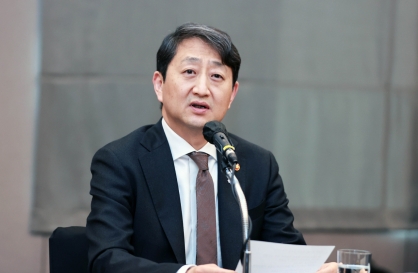
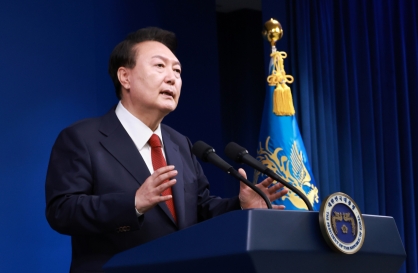
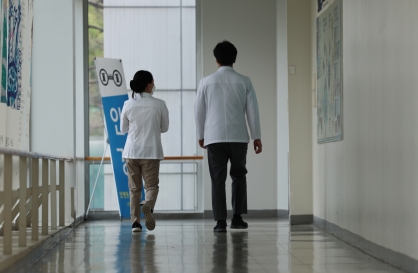
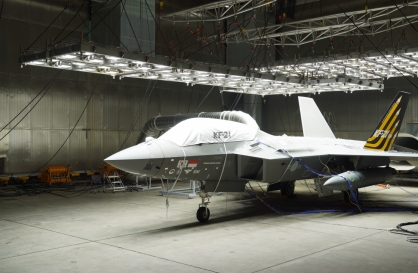

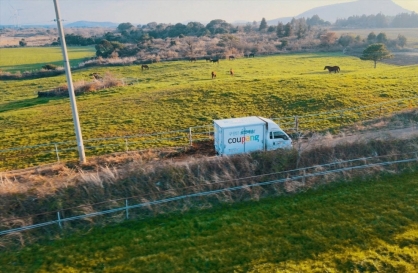
![[K-pop’s dilemma] Time, profit pressures work against originality](http://res.heraldm.com/phpwas/restmb_idxmake.php?idx=644&simg=/content/image/2024/05/08/20240508050705_0.jpg&u=20240508171126)




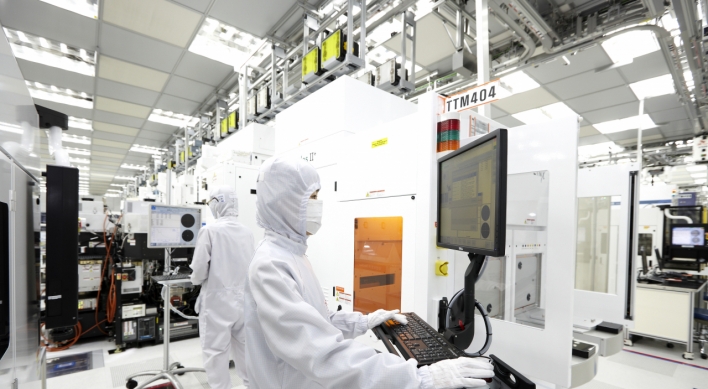
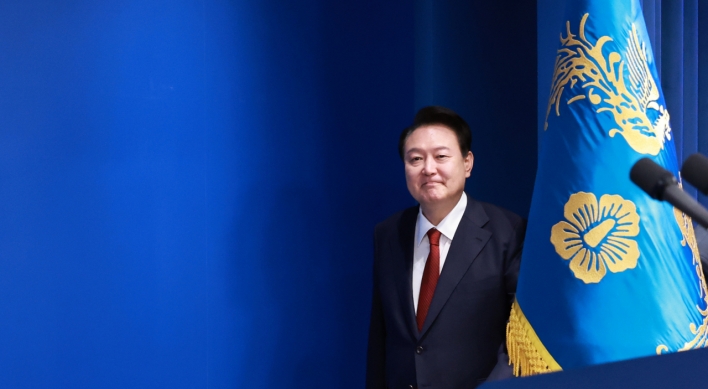
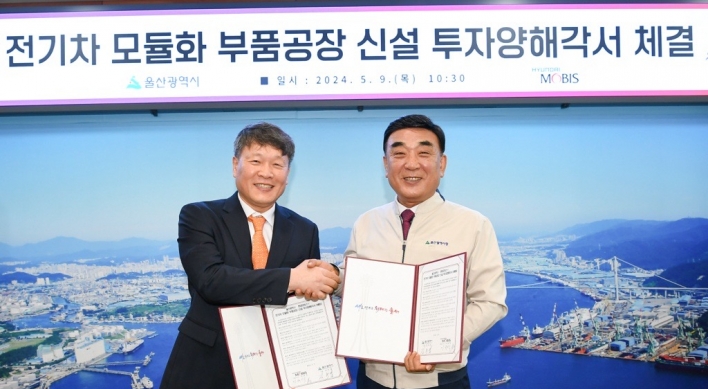
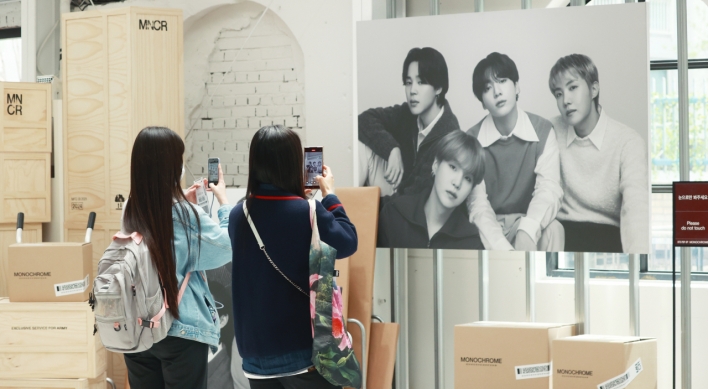
![[Today’s K-pop] Stray Kids to drop new album in July: report](http://res.heraldm.com/phpwas/restmb_idxmake.php?idx=642&simg=/content/image/2024/05/09/20240509050659_0.jpg&u=)